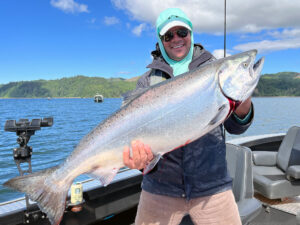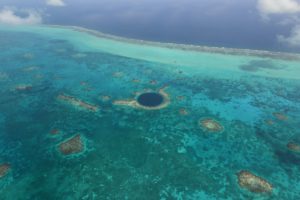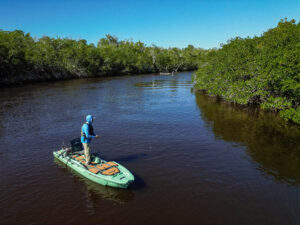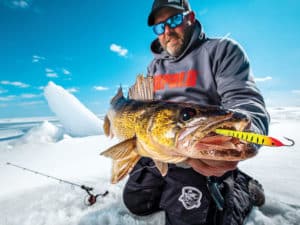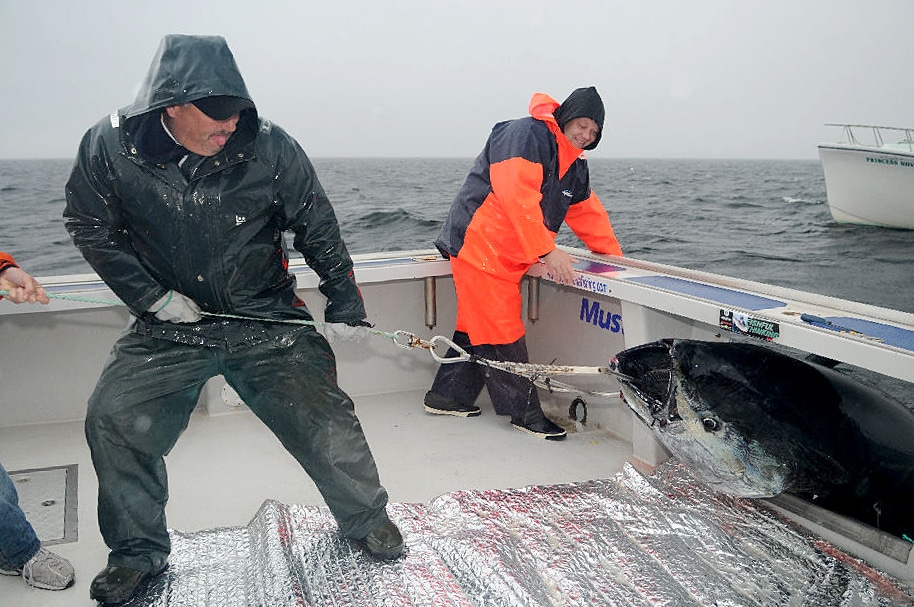
Editor’s Note: The world’s biggest tuna come from the bait-rich waters off Canada’s eastern Maritime provinces of Prince Edward Island and Nova Scotia each year. Last fall, Antonio Varcasia — Sport Fishing contributor and European fishing-video producer traveled from his home on the island of Sardinia to experience Prince Edward Island and its amazing bluefin fishery. Here, he shares a sampling of his photos with SF‘s audience.
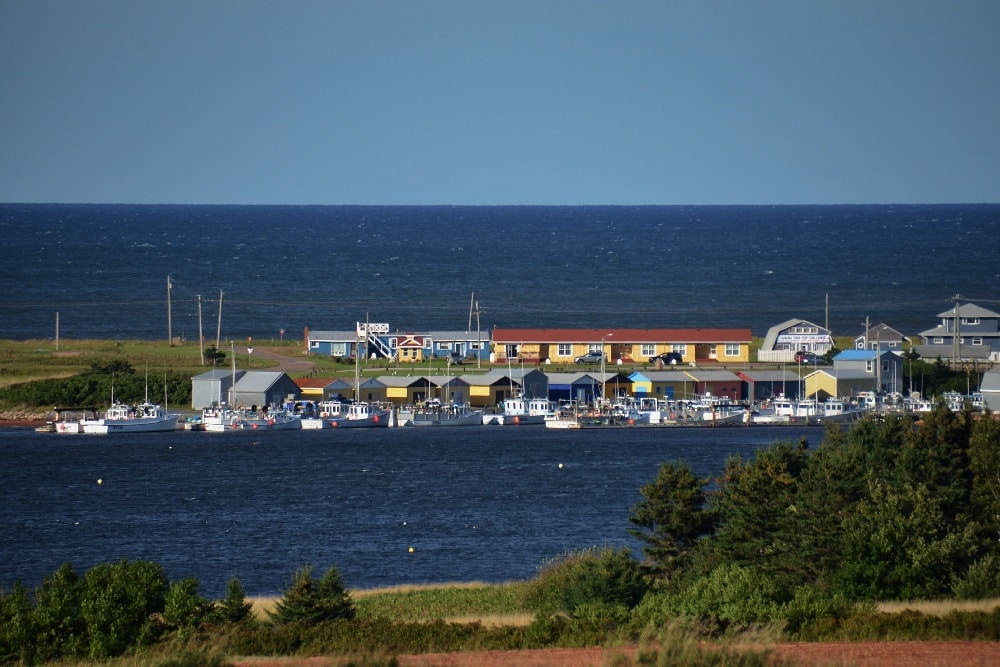
This small village faces the Gulf of Saint Lawrence. It’s a small but vital fishing port, though in the winter the sea here freezes over.
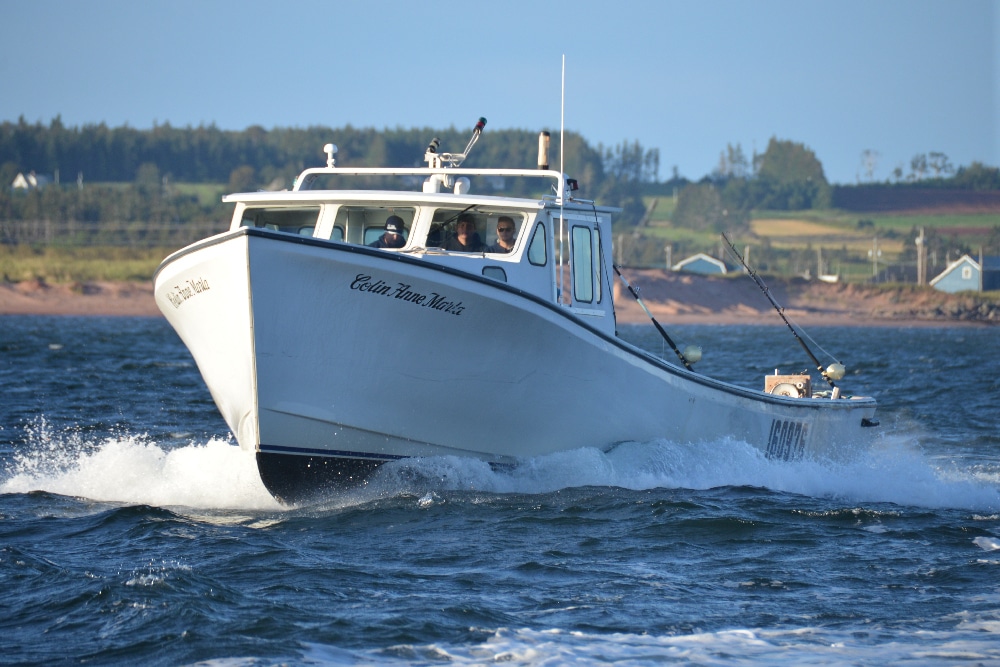
One of the great things about this fishery is that the run out to the tuna grounds seldom took us more than 15 or 20 minutes from port.
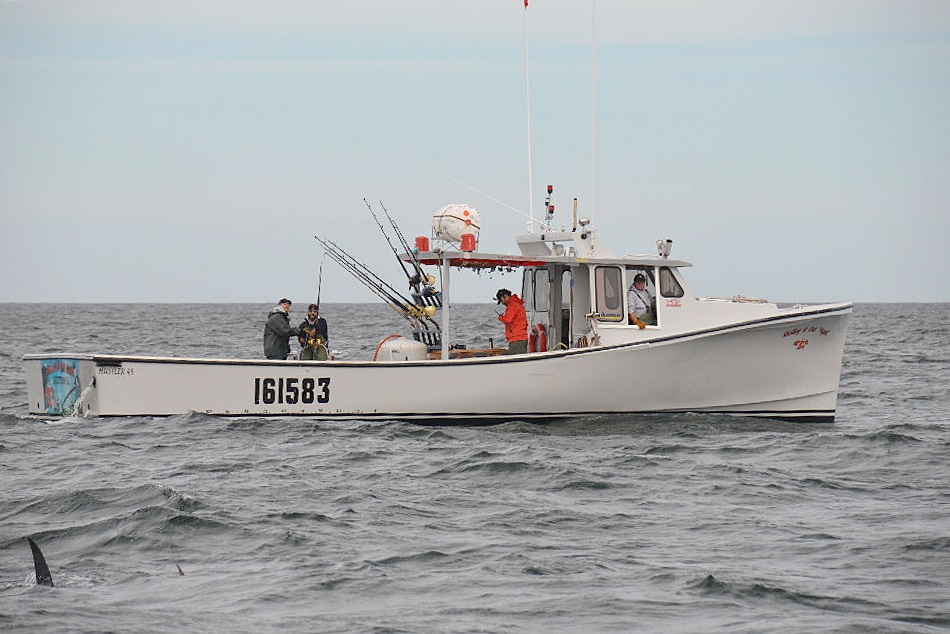
Typical 45-foot PEI tuna boat that doubles as a lobster boat during the (earlier) lobster season, then becomes a tuna boat. Note the rule just above the waterline — there to measure giant bluefin before they are released.
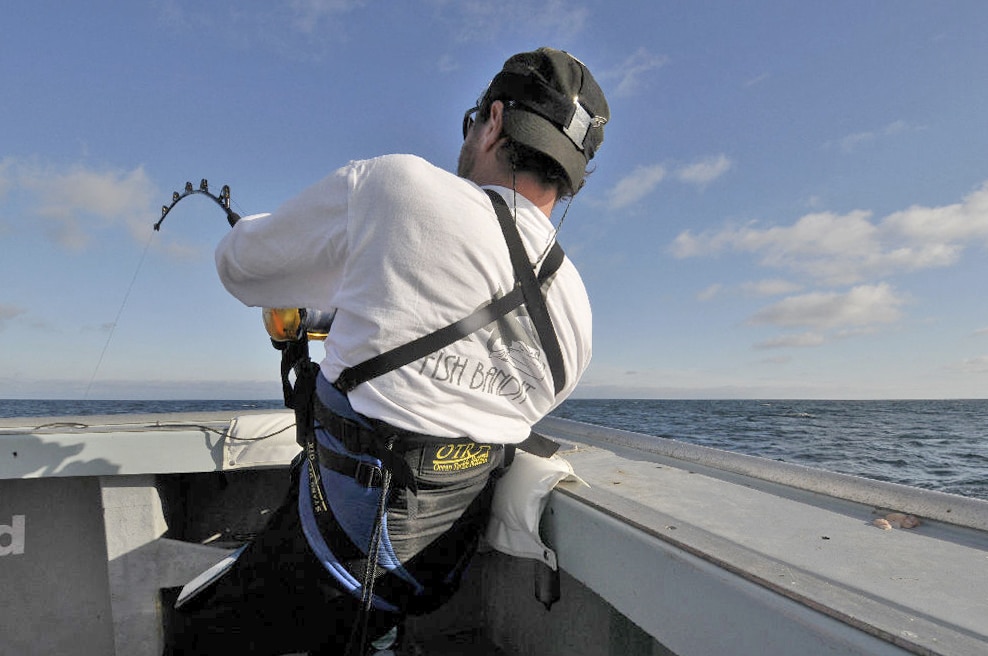
Most tuna boats have a fighting-chair option, but some anglers prefer to pit themselves against giants without the aid of a chair.
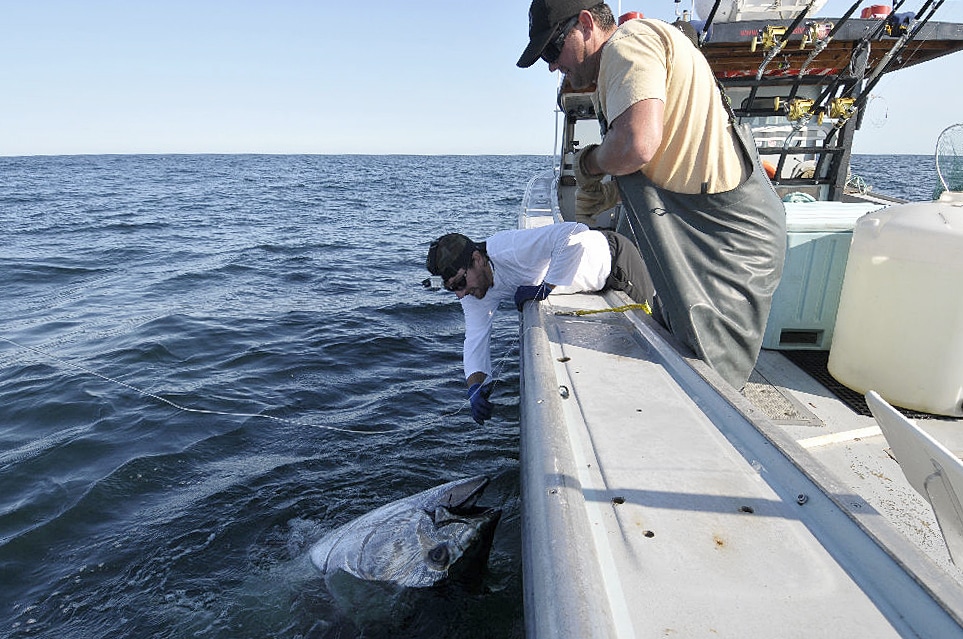
Italian angler Pierfrancesco Rodriguez, about to release an estimated 850-pound tuna. Holding the leader is Capt. Kurt Harris, a top tuna skipper.
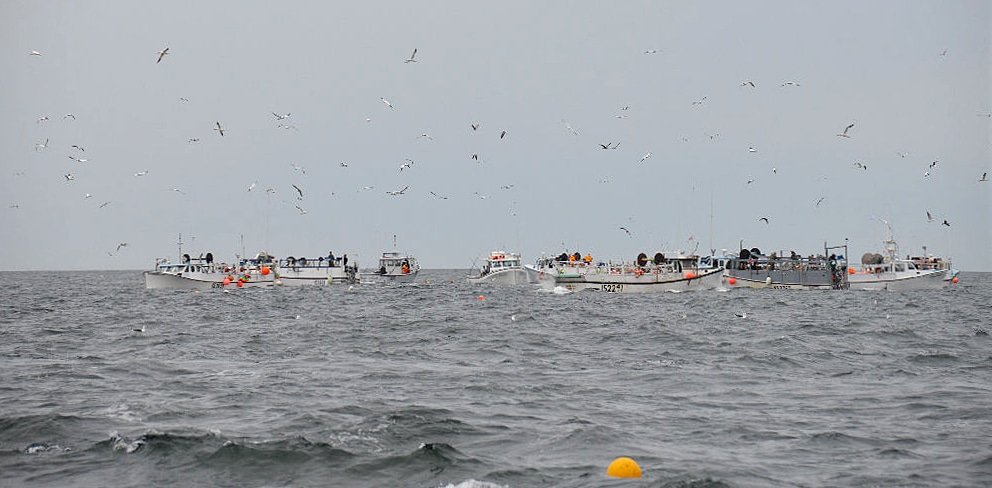
Herring netters fish 24/7 during the days they’re allotted.
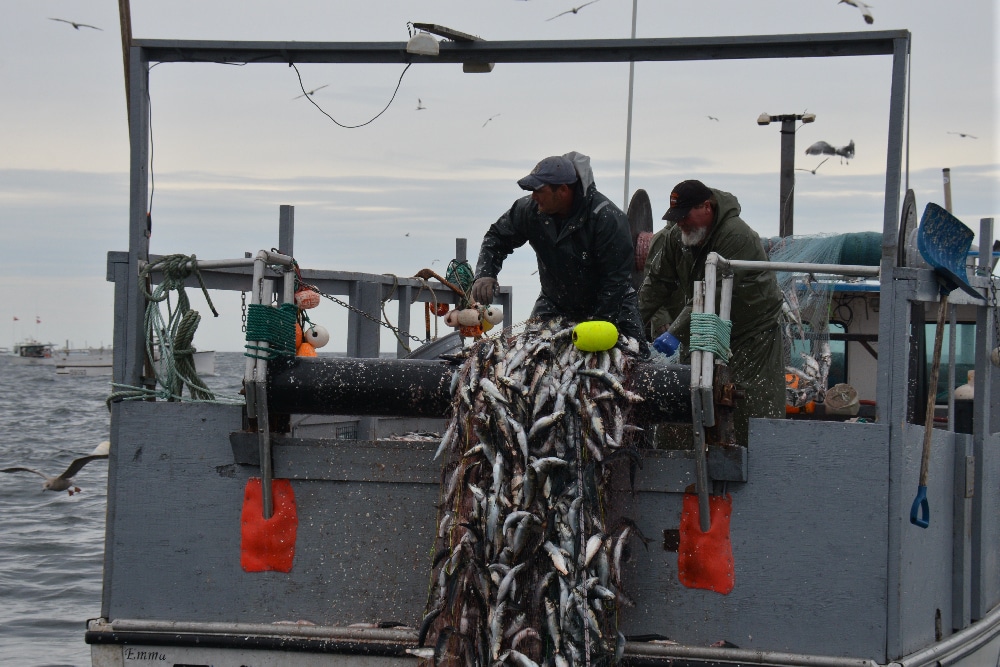
The productivity of these frigid waters that brings in the biggest bluefin is evident from the hauls made by herring fishermen.
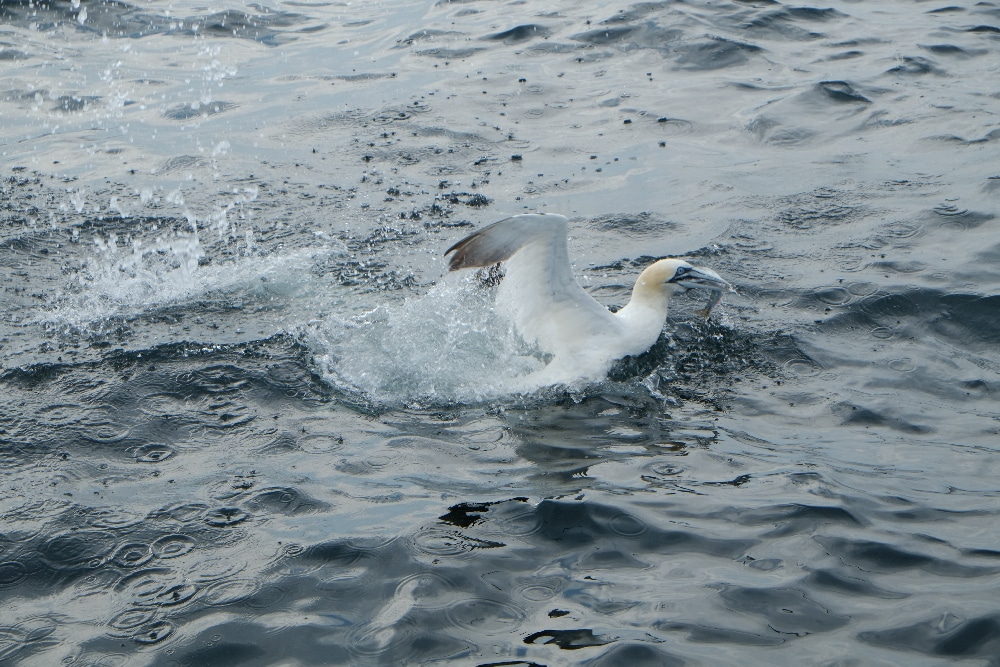
The red-footed booby, generally a resident of tropical and subtropical waters, showed up here to feast on herring, both those swimming wild and free, and — to the chagrin of many boats’ crews — those thrown as chum.
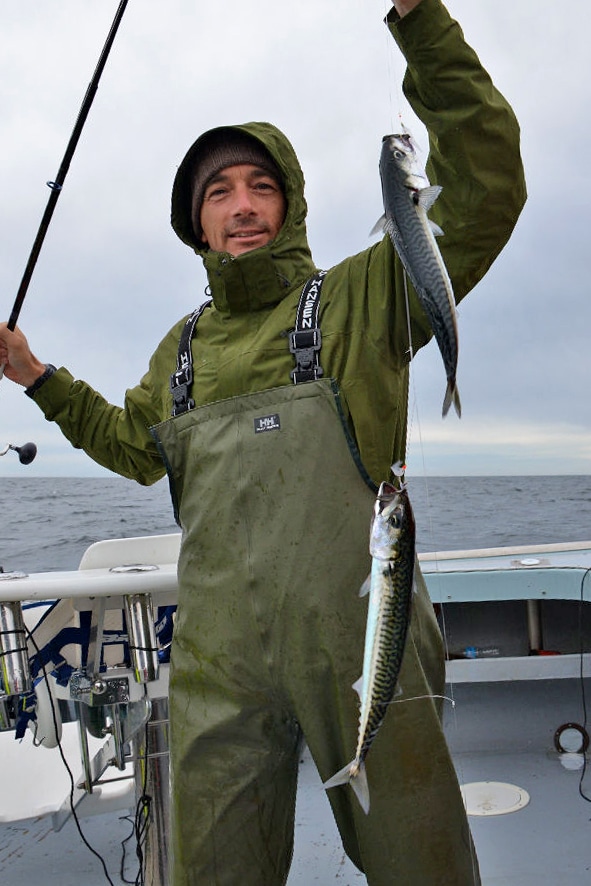
These mackerel, pulled in by angler Felice Rusconi, went right into the livewell. Most PEI skippers favor mackerel over any other live bait.
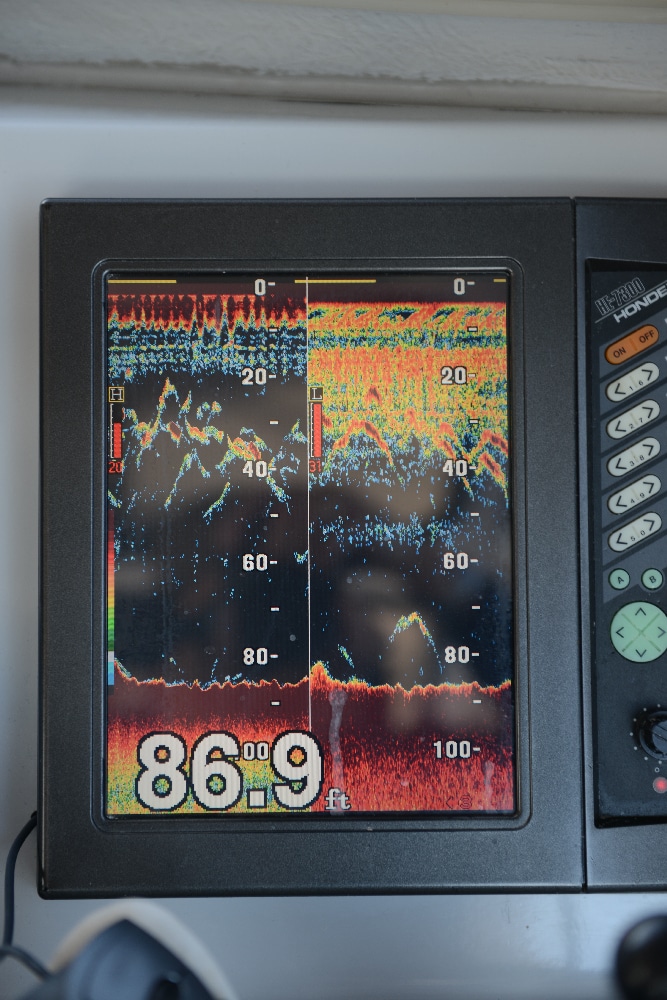
No mistaking these classic inverted V’s for what they are — enormous tuna in the shallow water near shore.
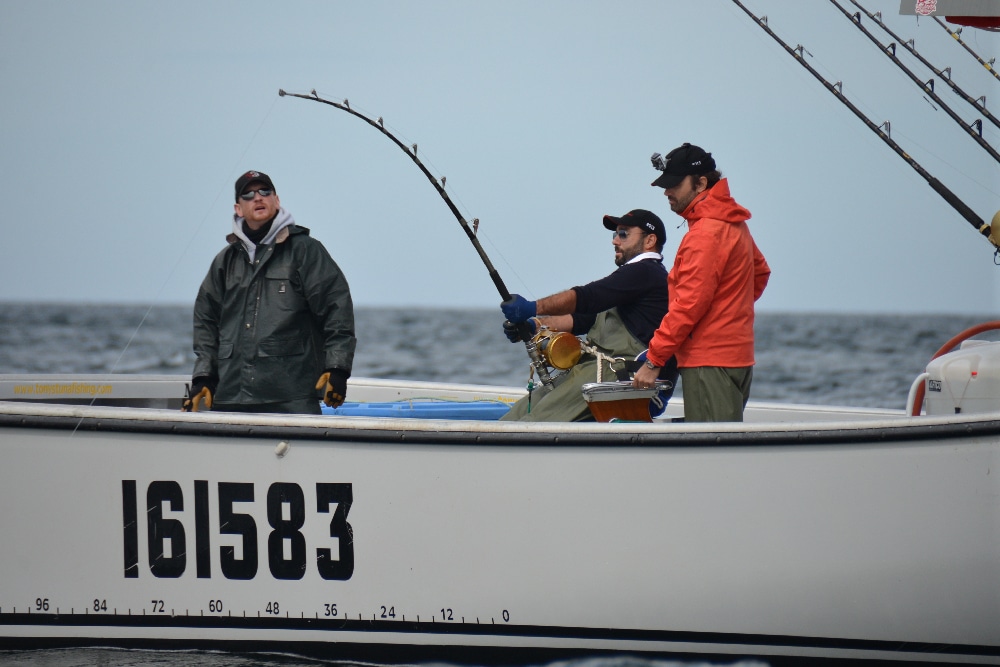
During this August through October season, perhaps 30 percent of the bluefin caught come in within one hour, according to the estimate of veteran PEI tuna skipper Tony McDonald, but some fish end up taking hours.
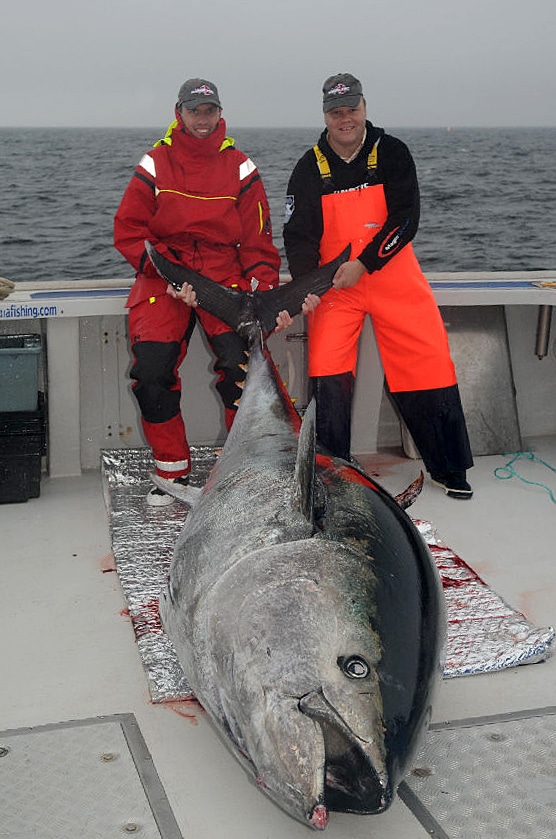
Tuna skippers last season were allowed to keep one fish; regulations could change next year. Swedish angler Thomas Petersen Eldor caught this monster.
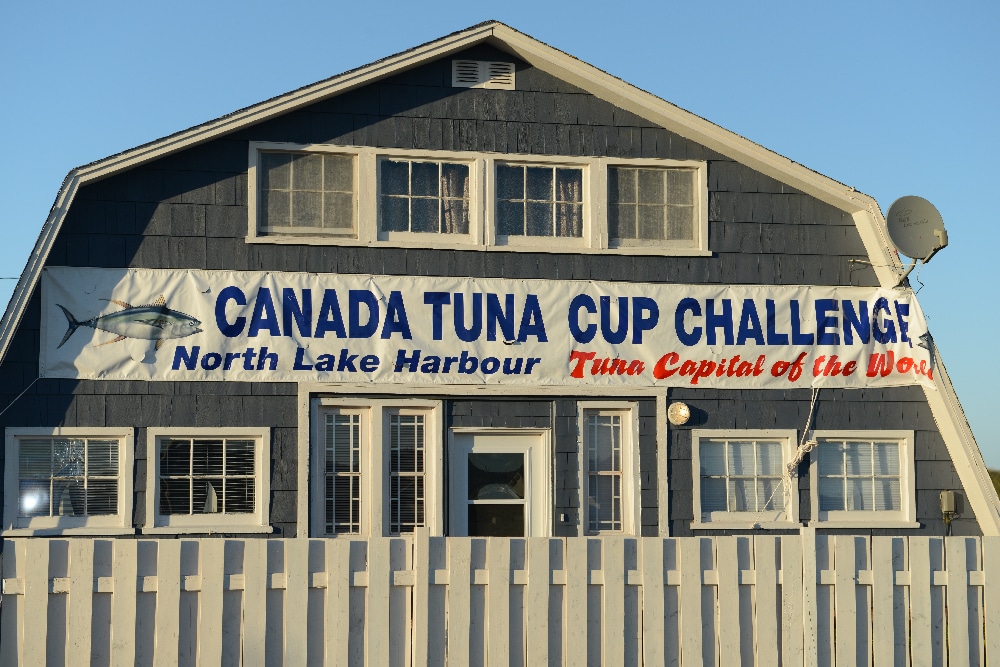
PEI hosts the annual Canada International Tuna Cup Challenge. The three-day event attracted more than 150 anglers from around the world.
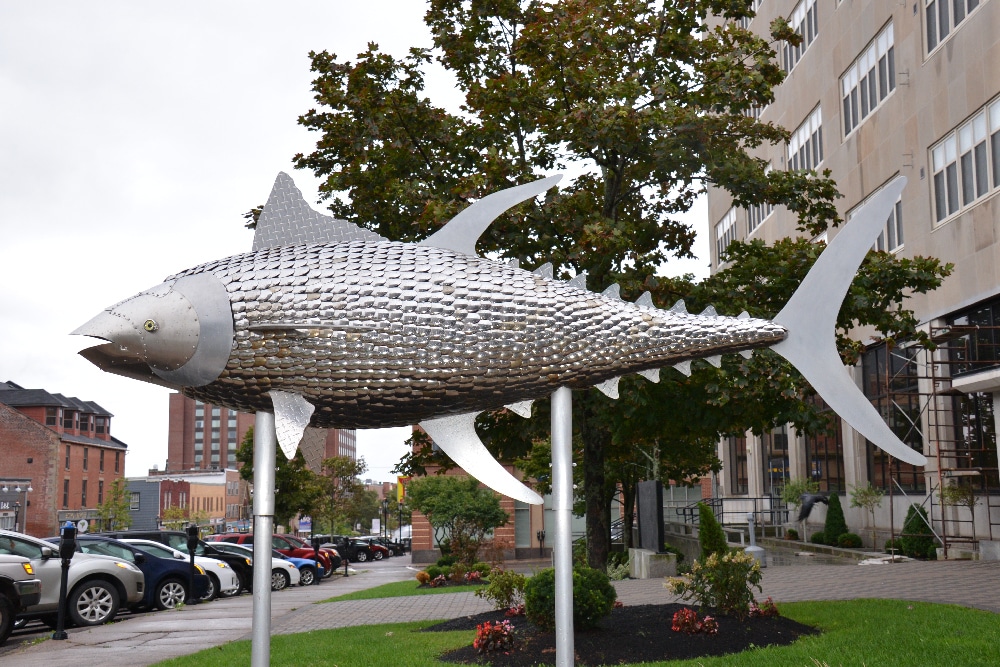
A well-known bluefin sculpture is something of landmark in downtown Charlottetown, PEI’s major city.
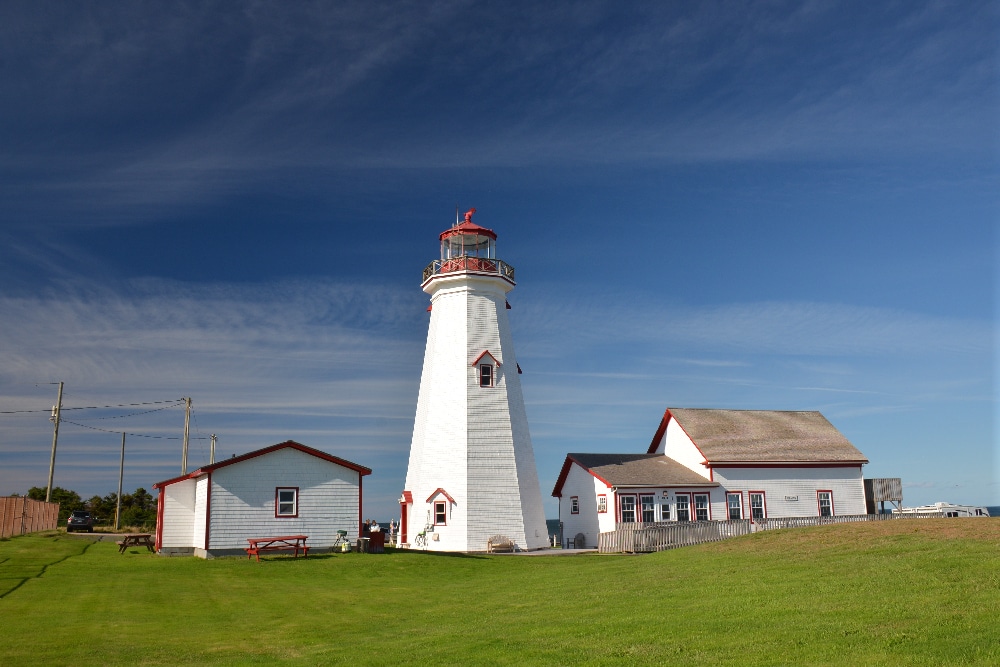
Prince Edward Island is a lovely place; anglers can appreciate its beauty, beaches, ligthhouses, great seafood and friendly people.
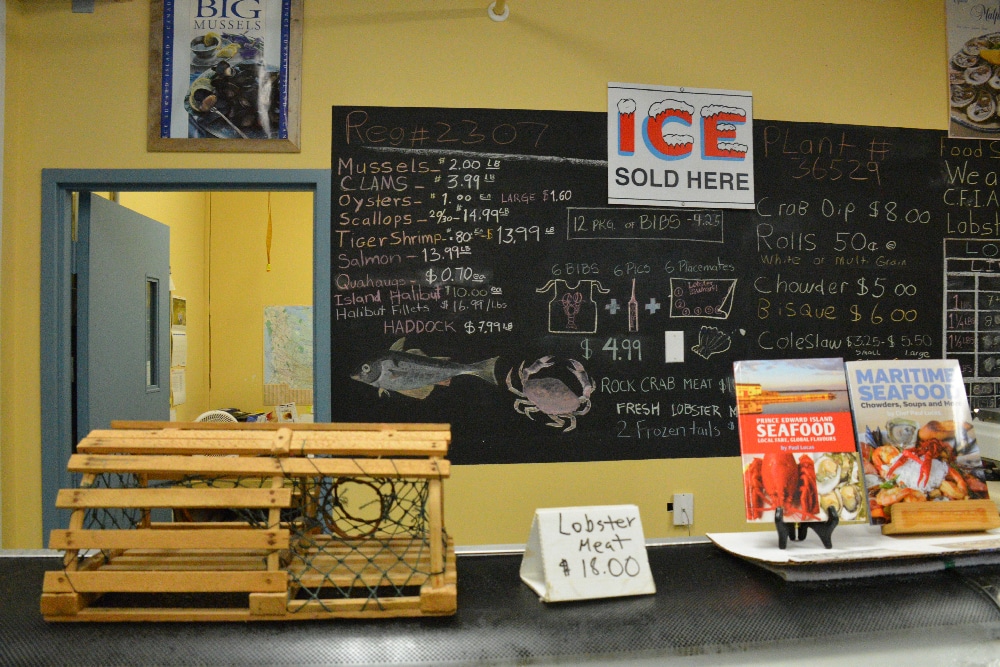
Though the local choices are many, fresh and reasonable, of course lobster is king here and is a major part of the local economy.
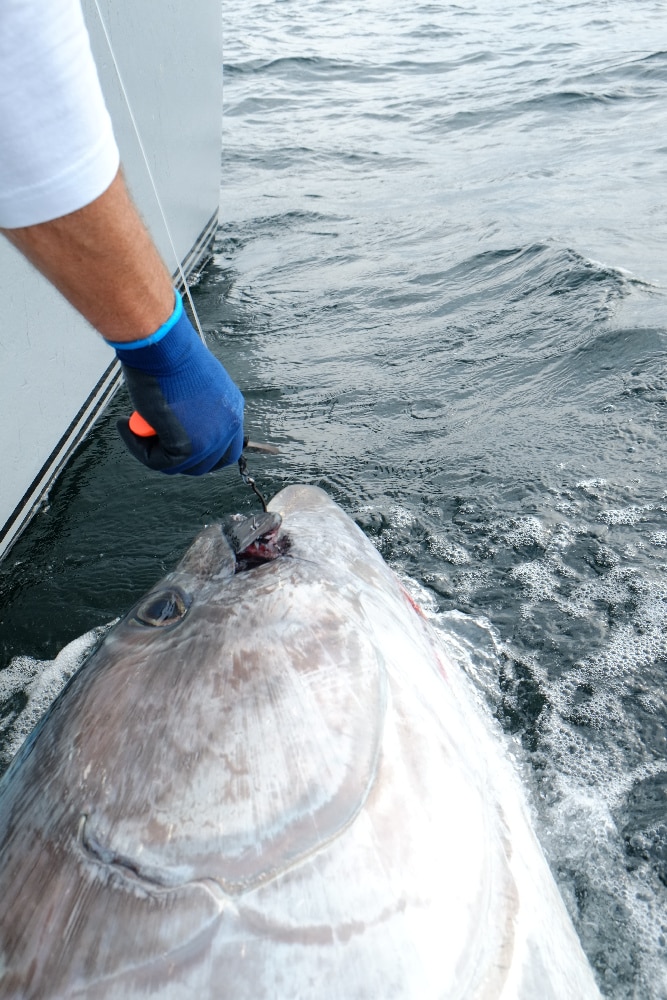
Lines of 200-pound test and more are common in this fishery. Lighter lines stand a chance of being spooled; also, anglers take great care to avoid extending fight times more than necessary for the sake of the fish (and themselves!)

